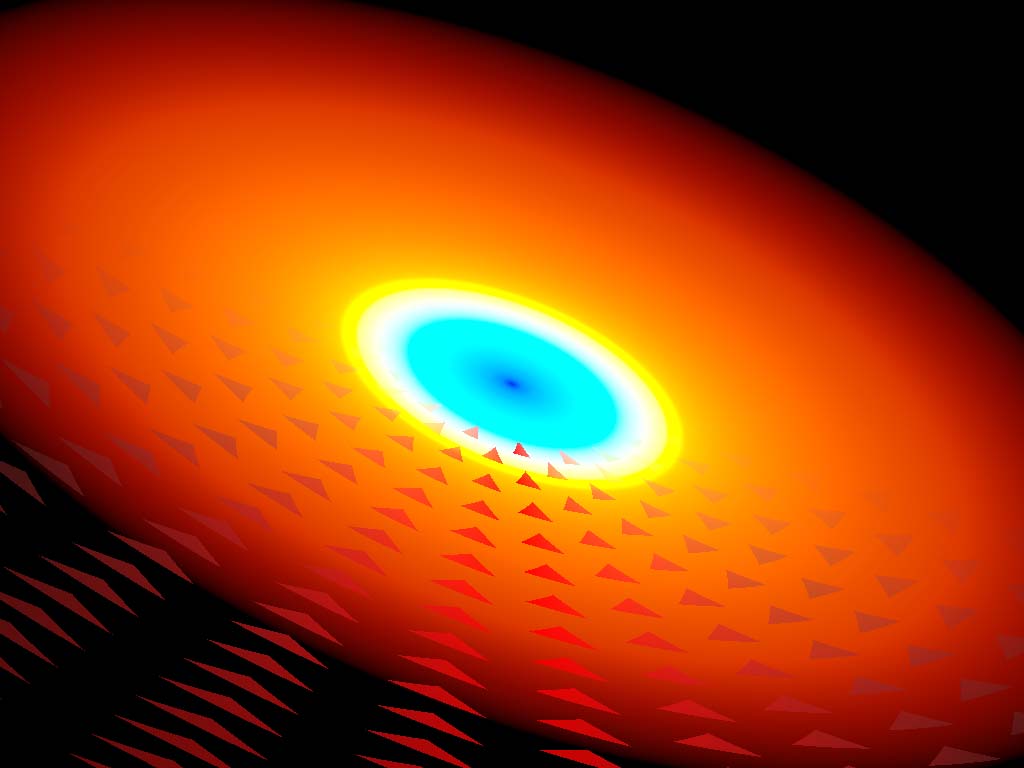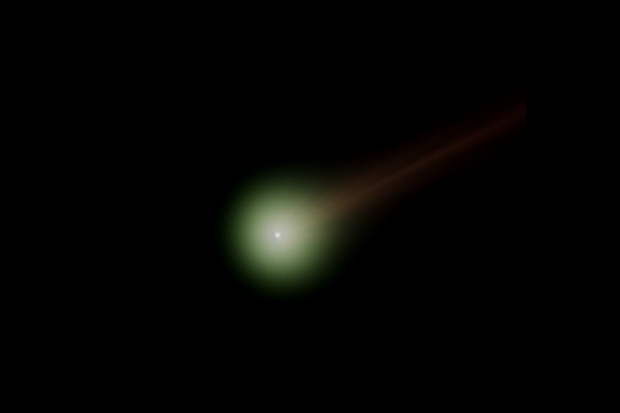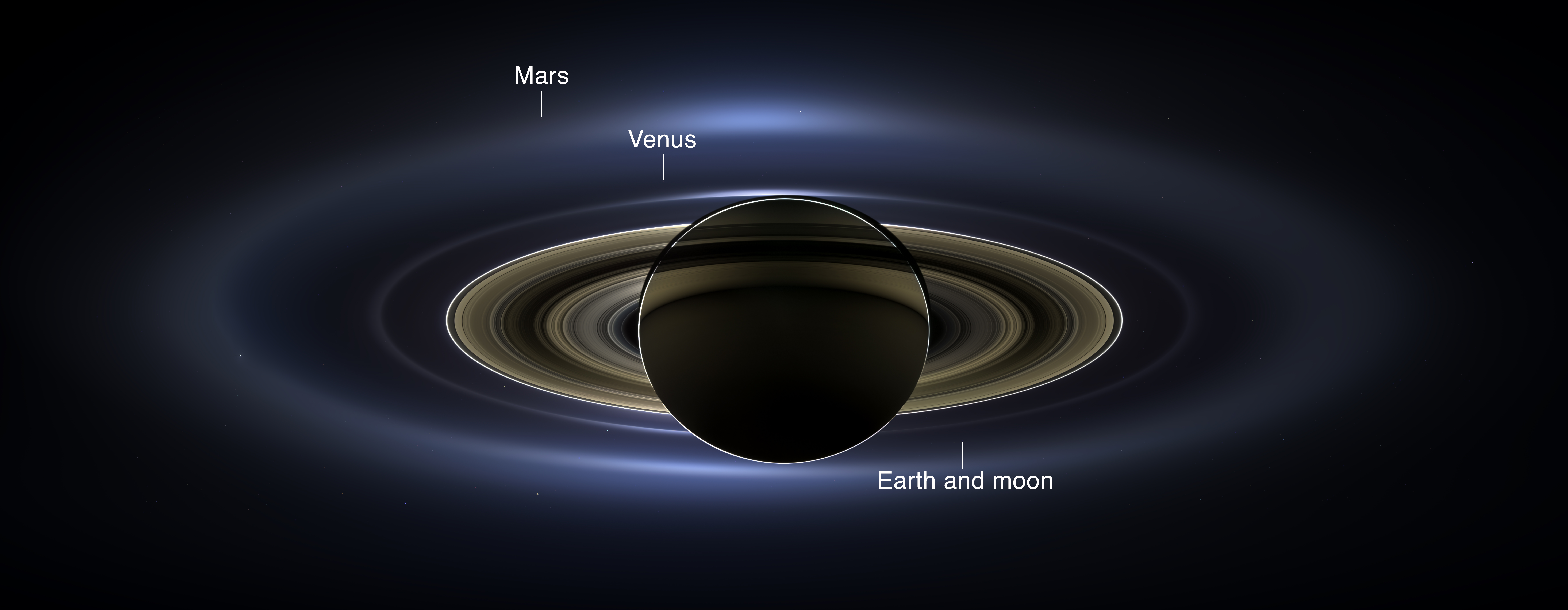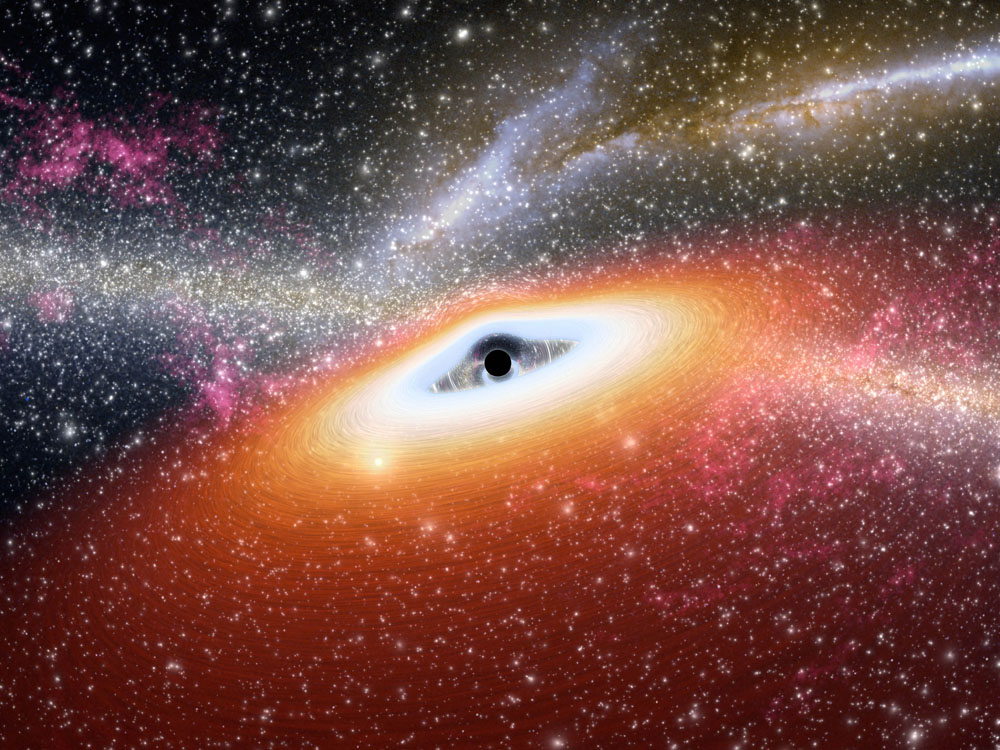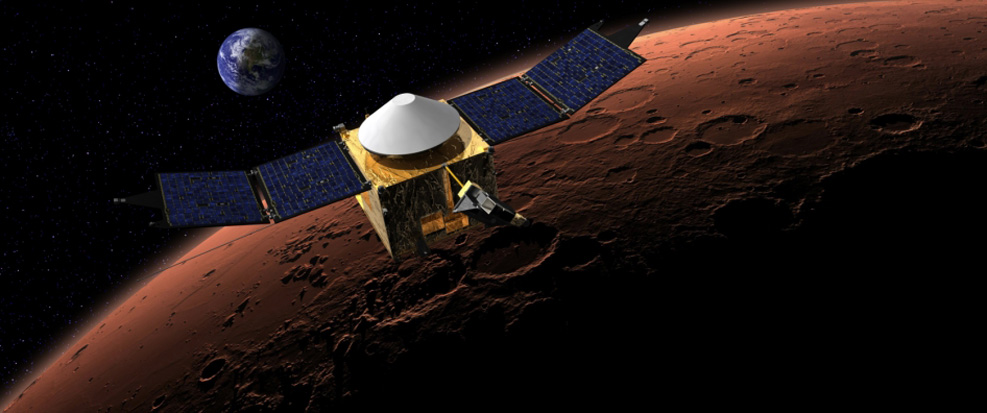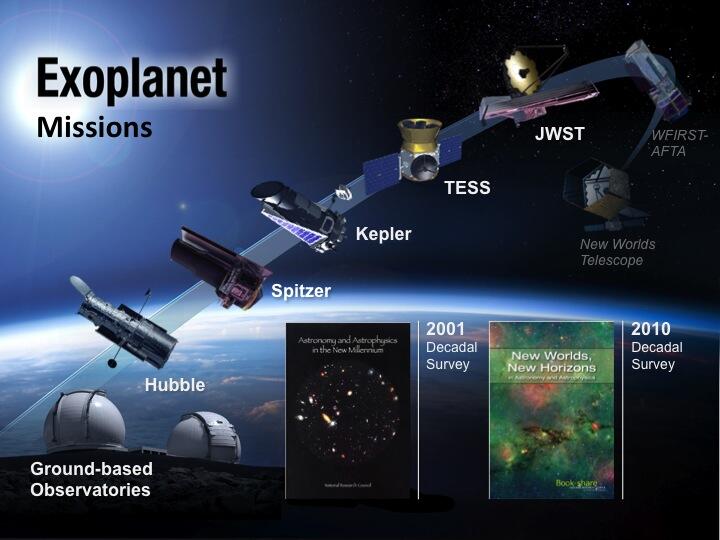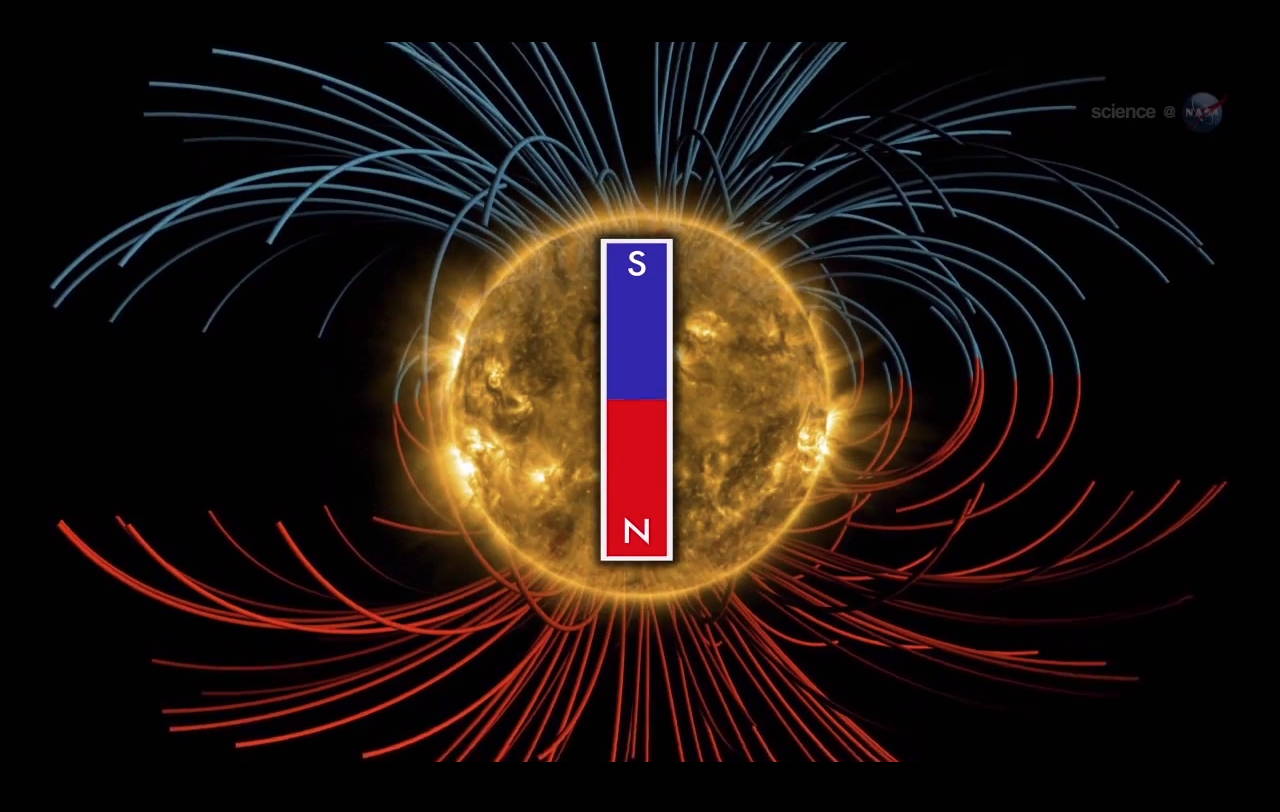Vote Now! Best Space Stories of the Week – Nov. 17, 2013
New Baffling Type of Quasar, Kepler Data on Dark Matter and More
Last week a new, baffling type of quasar was found, scientists considered if dark matter could be made up of tiny black holes, and possible “Comet of the Century” Comet ISON became visible to the unaided eye.
FIRST STOP: NASA Video Shows Ancient Mars as Lush, Water World
NASA Video Shows Ancient Mars as Lush, Water World
The Red Planet appears to have had a thick atmosphere warm enough for water oceans, and may have been friendly to life. A new animation from NASA depicts the planet's evolution from a lush utopia to the barren land it is today. [Full Story]
NEXT: Potentially Dazzling Comet ISON Now Visible to Naked Eye After Outburst
Potentially Dazzling Comet ISON Now Visible to Naked Eye After Outburst
The possible 'comet of the century' Comet ISON is now visible to the unaided eye according to many observers in dark areas of the world. Here's how to see it. [Full Story]
NEXT: Saturn, Earth Shine in Amazing New Photo by NASA Probe
Saturn, Earth Shine in Amazing New Photo by NASA Probe
A NASA spacecraft has revealed an unprecedented view of Saturn from space, showing the entire gas giant backlit by the sun with several of its moons and all but one of its rings, as Earth, Venus and Mars all appear as pinpricks light in the background. [Full Story]
Breaking space news, the latest updates on rocket launches, skywatching events and more!
NEXT: No, Stuxnet Did Not Infect the International Space Station
No, Stuxnet Did Not Infect the International Space Station
Did the Stuxnet cyberweapon infect the International Space Station? Almost certainly not, but that hasn't stopped a lot of media outlets from saying so in bold headlines. [Full Story]
NEXT: Is Dark Matter Made of Tiny Black Holes?
Is Dark Matter Made of Tiny Black Holes?
Mysterious dark matter is probably not made up of moon-size black holes, a new study using data from NASA's planet-hunting Kepler spacecraft finds. [Full Story]
NEXT: NASA's MAVEN Mission to Mars: 10 Surprising Facts
NASA's MAVEN Mission to Mars: 10 Surprising Facts
Here are 10 things you should know about NASA’s MAVEN mission launching to Mars Monday. [Full Story]
NEXT: Incredible Technology: How Future Space Missions May Hunt for Alien Planets
Incredible Technology: How Future Space Missions May Hunt for Alien Planets
NASA's Kepler space telescope revolutionized the study of alien worlds after launching in 2009, and a number of other missions now stand poised to carry the burgeoning field into the future. [Full Story]
NEXT: Sun's Magnetic Field Will Flip Soon (Video)
Sun's Magnetic Field Will Flip Soon (Video)
The sun's polarity is getting closer to flipping. The star's northern hemisphere's polarity has already reversed, and the southern hemisphere should follow suit soon, scientists say. [Full Story]
NEXT: New Type of Quasar Found, Baffling Scientists
New Type of Quasar Found, Baffling Scientists
Astronomers have discovered a new type of quasar — an incredibly bright galactic core powered by a supermassive black hole — that current theory fails to predict. [Full Story]

Space.com is the premier source of space exploration, innovation and astronomy news, chronicling (and celebrating) humanity's ongoing expansion across the final frontier. Originally founded in 1999, Space.com is, and always has been, the passion of writers and editors who are space fans and also trained journalists. Our current news team consists of Editor-in-Chief Tariq Malik; Editor Hanneke Weitering, Senior Space Writer Mike Wall; Senior Writer Meghan Bartels; Senior Writer Chelsea Gohd, Senior Writer Tereza Pultarova and Staff Writer Alexander Cox, focusing on e-commerce. Senior Producer Steve Spaleta oversees our space videos, with Diana Whitcroft as our Social Media Editor.
